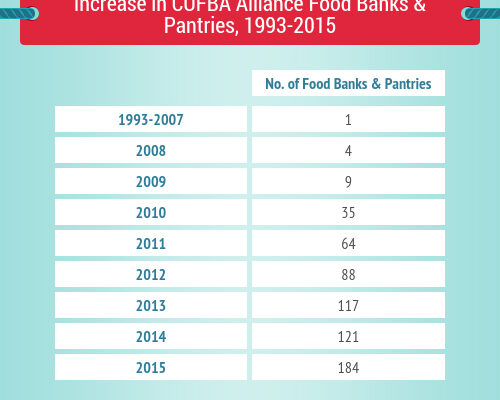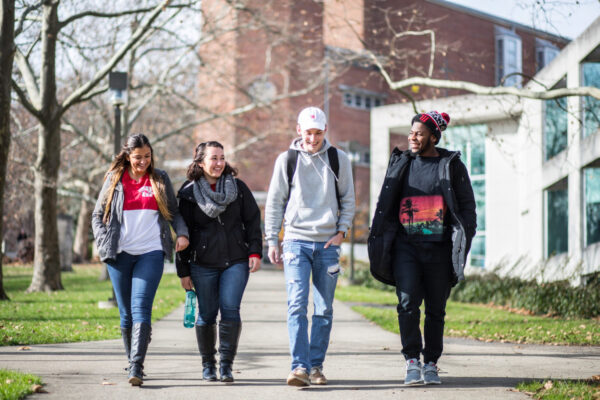GAO Report Highlights Food Insecurity Among College Students
Source: U.S. Government Accountability Office
In response to a 2017 request from Senate Democrats at the behest of Bunker Hill Community College (MA) President Pam Eddinger and instructor Wick Sloane, the U.S. Government Accountability Office (GAO) launched a study to better understand food insecurity among college students, the use of the Supplemental Nutrition Assistance Program (SNAP), and institutional responses to the problem.
The GAO report released this week examined 31 studies on food insecurity for students, confirming that hunger is a widespread issue on college campuses nationwide.
Citing an increase in low-income students attending college as a primary driver for food insecurity, the GAO’s analysis included National Postsecondary Student Aid Study data to reveal that many food-insecure students also experience additional risk factors, including first-generation status, receiving SNAP benefits, and being a single parent. The report highlights how federal and state financial aid, as well as social service policies, no longer fit the needs of today’s students, the majority of whom are not supported by their parents like traditional college students in the past.
The report outlines a number of ways institutions, service organizations, and the federal government can help food-insecure students by providing food and emergency financial assistance, centralizing and coordinating student services and access to benefits, educating campus communities, clarifying the eligibility rules for SNAP, and rolling back exemptions that prevent many students from taking advantage of SNAP.
Download the full report here.
—Jinann Bitar
If you have any questions or comments about this blog post, please contact us.


